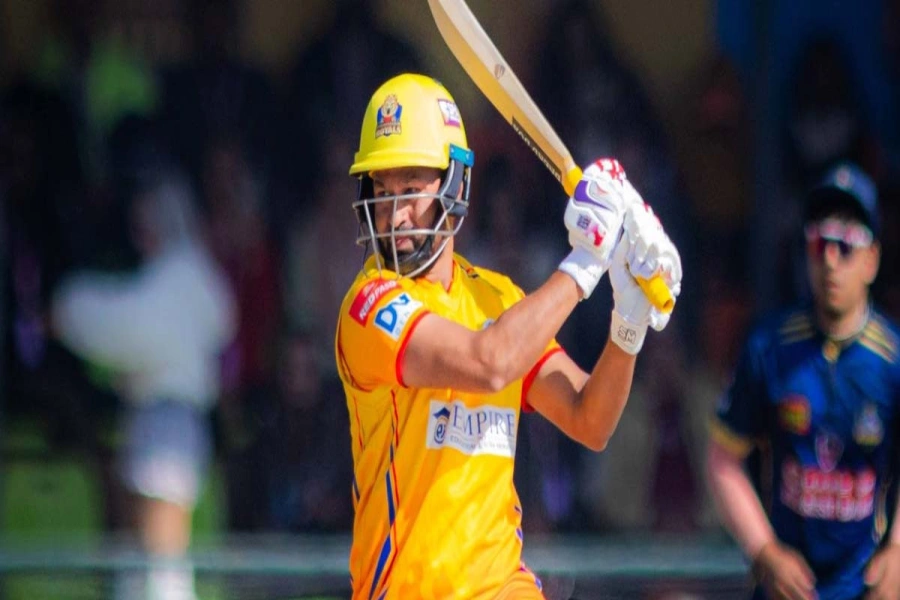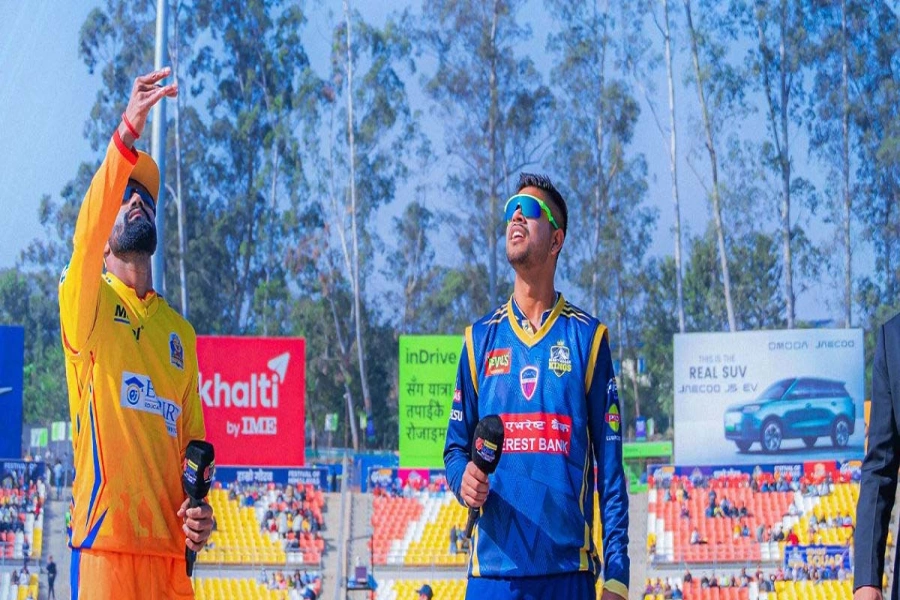Amid a series of rapidly changing governments, a coalition government of the Nepali Congress (NC) and the CPN-UML has once again taken the helm under the leadership of UML supremo Khadga Prasad Sharma Oli. Whether this aligns with the electoral mandate or not is a matter of debate and discourse. The two leaders have agreed to share power with a fixed term of tenure, making the government interchangeable at the whim or mood of the leaders. To this end, the two leaders have also signed a written agreement, acknowledging that the country is facing debilitating economic conditions and political instability, which require effective policy implementation to address the economic hardships of the common people. In this context, regardless of the underlying reasons, the two leaders felt it necessary to change coalition partners and form a new government under their leadership.
Citing the above reasons as a just requirement for breaking the existing coalition between the two Communist Parties of UML and the Maoist Center, the two leaders have agreed to ensure political stability, address economic sluggishness, and revise and amend the constitution, which has been a public demand for a long time after witnessing prolonged political instability. In hindsight, the political maneuvers appear to be guided by the larger objective of creating favorable conditions for the upcoming election in 2084 BS. Under the existing electoral system, it is nearly impossible for any party to secure a majority of seats in a hung parliament, despite public rejection. Minor parties play a major role in forming the government, which goes against the democratic spirit and electoral mandate.
Despite ideological, political, and socio-economic differences, the sudden collaboration between these two major parties, in terms of their representation in the House, is unfathomable in its intent and intensity. It comes at a time when there were rumors of high-level corruption cases being investigated. This could be one of the reasons the public perceives the political atmosphere as being heavily tainted by corruption charges.
Given the country’s demographic structure and socio-economic condition, the Constitution adopted a mixed-electoral system with inclusiveness and proportional representation as its basic characteristics. However, after two general elections, the fractured results have been a major cause of concern for instability and the public's loss of faith in democracy. A correlation between the Federal and Provincial Governments is evident, as every change in the Federal government has immediate implications at the Provincial level. In one and a half years, there have been four governments in Sudurpaschim Province, with similar stories in Koshi and Gandaki Provinces, confirming systemic failures. The federal structures are not functioning as envisioned during the drafting of the Constitution.
Nepal’s Gen-Z Problem: A Call for Constitutional Reform

For all these shortcomings, blame is being directed towards the proportional representation system. Instead of benefiting the underrepresented and marginalized, the system has become a tool for leaders' petty political gains. In Nepal’s context, proportional representation has become a constraint in stabilizing democracy. Rather than fostering representation, it has become synonymous with unethical behavior among party functionaries, leading voters to lose faith in the current electoral system and democracy. Successive governments formed after the promulgation of the Constitution in 2015, despite their electoral promises, have failed to meet the people's expectations and bring substantive change to improve their livelihoods. The federal system has also failed to deliver. Frustrated people are now looking for a new system that will realize their aspirations for a better livelihood, improve living conditions, and create hope for the future. Leaders are aware that frustrated people may resort to violence against them, which would be counterproductive to their political achievements.
In this political scenario, the new coalition government led by Oli is set to amend the constitution. It is unclear which clauses of the Constitution they want to change, making it akin to opening Pandora’s box. There is public outcry about the foul play during the promulgation of the Constitution. The Madhesi people also feel that their grievances have not been properly addressed. A larger section of the population is also unhappy with the declaration of the country as a secular nation without proper consultation and mandate from the people. As the major parties acknowledge their past mistakes and aim to correct them by bringing appropriate changes to the constitution, structural adjustments, including the removal of the middle layer and the declaration of a Hindu nation, may take center stage. If deviations occur, the masses might take to the streets in protest, calling for a change in the political system. Should the NC and the UML attempt to establish a two-party system through constitutional changes, smaller parties may form a united front to challenge the dominant parties.
Although the NC and the UML have committed to political stability in the country, political analysts, observers, and intellectuals are skeptical about the outcome due to the deceptive nature of political leaders. However, viewing the situation with excessive cynicism and focusing only on the negative aspects would not fulfill the responsibilities of intellectual and civic society. When there are negative aspects of any situation, there are positive sides too. While often projecting Nepal’s politics negatively, we tend to generalize the character of politicians, placing them all in a single basket, and raising fingers at selected top leaders, ignoring the positive aspects of a gradually improving system. When viewed optimistically, a different picture emerges.
Undeniably, there is corruption in Nepal, but it is also true that these cases are brought to the public's attention because of functioning liberalism and the exercise of freedom. Democracy, though in its infancy, is working in its capacity to stand on its own. While there have been attempts to curb media freedom, by and large, the media's independence has not been threatened, and it continues to report independently. Civic organizations also operate without undue government influence. Although there are allegations of favoritism, legal institutions are discharging their duties independently and without fear. Intellectuals freely express their opinions, writing in public forums and media. People from all social strata, ethnicities, professions, and regions are also posting their views, comments, and opinions on social media and blogs. Periodic elections are held without hindrance. These are the positive aspects of Nepal’s democracy that give hope and encourage optimism towards the system.
There is a saying, “A stitch in time saves nine.” It would be wise to review the Constitution properly, accommodating all views and opinions of political parties and the people. In case of confusion, a referendum should be considered to seek the people's consent. With about ten years of experience, we have learned a lot about the constraints and prospects of the Constitution and federalism. Amending the Constitution is a daunting challenge given the composition of the House of Representatives, but by removing barriers, we need to move forward in strengthening democracy. In this process, it is better to heed the voice of the people rather than the advice of others.








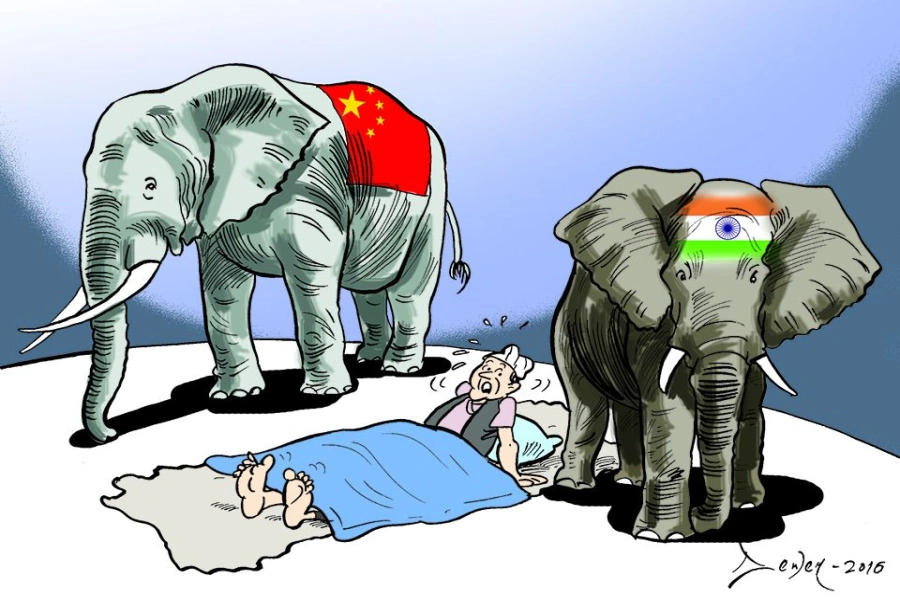









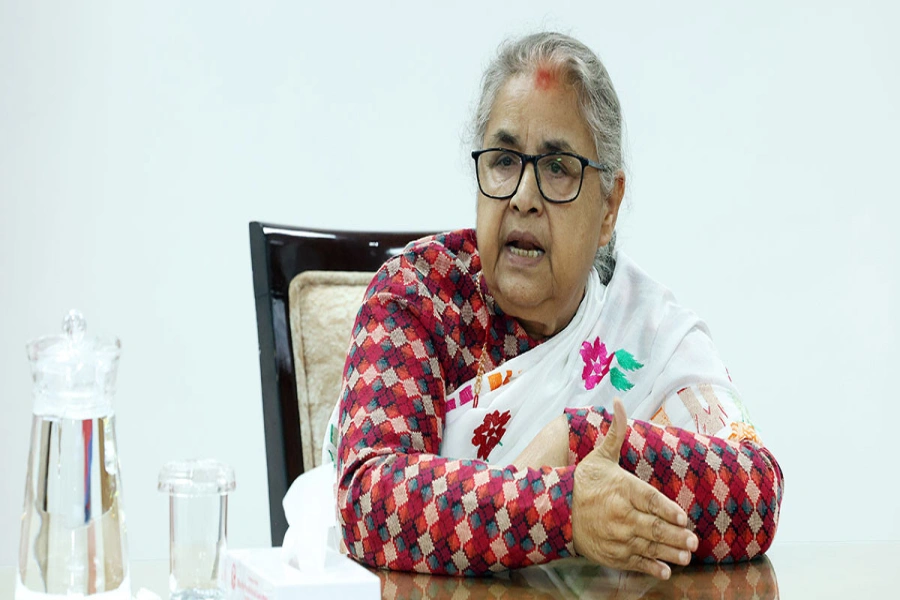






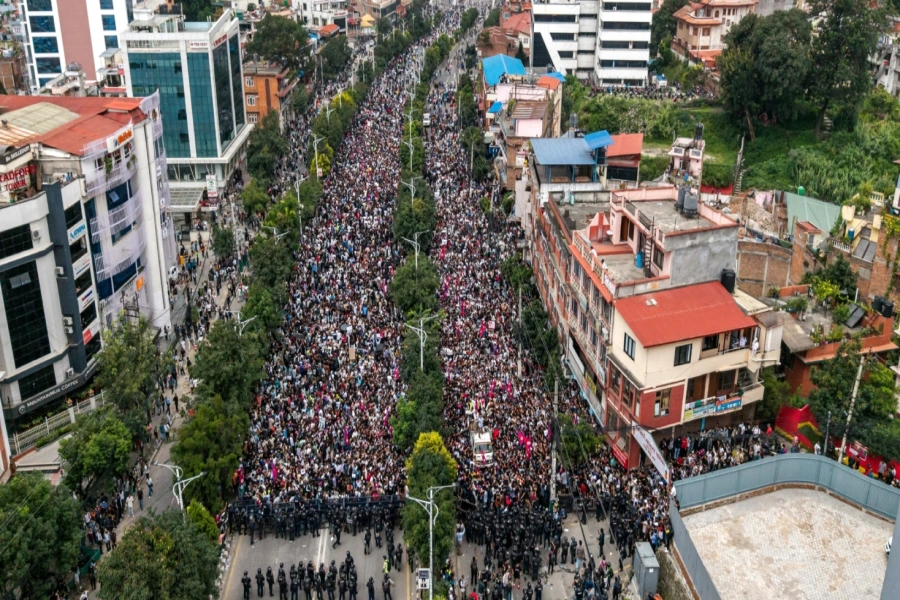
-1200x560-1765267769.webp)







